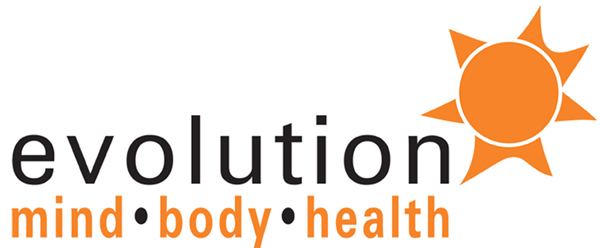 Fasting for better health?
Fasting for better health?
Food, or more specifically the Standard American Diet, is now the number one cause of chronic disease. 45% of all cardiovascular and diabetic deaths are due to too much salt, too much processed meat, too much sugar and simply too many calories. According to a study done by the American Heart Association feeding rats the American diet resulted in blood vessel damage, high blood pressure, and four times more abdominal fat. What was perhaps more alarming in the female rats was that the vascular damage and high blood pressure were not accompanied by weight gain. The internal damage happened quicker than the external warning signs.
There are many studies that recommend fasting for longevity, weight loss, and health, but it is difficult. Intermittent fasting, cycling between eating normally and reduced calories, has been shown to benefit your health without the difficulties of fasting.
Fasting fights obesity.
Even after 6 weeks of intermittent fasting researchers have seen more fat burning and perhaps a prevention of metabolic disorders like type 2 diabetes. These changes were also in mice, but the benefits were even seen after a single 24 hours of fasting. The evidence of the benefits of fasting has been established in people too. Fasting triggers a cellular response that reduces disease and can suppress cell growth in damaged cells.
What is Intermittent Fasting?
There are a few approaches to intermittent fasting. Here are the 5 most common methods.
- Eat – Stop – Eat Method. This is done on two, non-consecutive days during the week. You do not eat for 24 hours and then eat normally for the rest of the week. For example, you may stop eating after lunch on the first day and then eat again at lunch the next day. I haven’t tried this method.
- 5:2 Fasting. This is normal eating 5 days a week and for the other two, non-consecutive days you eat 500 (for women) and 600 (for men) calories. I have tried and failed miserably at this one.
- Alternate Day Fasting. This is where you eat normally one day, followed by a very low-calorie day. 500 calories is the recommended amount. I have tried this and wouldn’t really want to do it again.
- 16:8 Fasting. This is where you would eat normally for 8 hours and not eat anything for 16 hours. I have done this and found it the easiest way. I ate between 11:30 AM – 7:30 PM. It really is like eliminating one meal and once you get in the habit it wasn’t to difficult manage.
- Five Day Fast. I posted about this and tried it in March. You eat 1100 calories the first day and less, but not less than 750 calories, the following four days. This wasn’t bad and it definitely makes you very aware of what and how much you are eating.
What about a plant-based diet?
According to Dr. Michael Greger, author of How Not to Die, metabolic syndrome, a medical condition that combines the deadly 4 conditions, abdominal obesity, high fasting blood sugar, high blood levels of triglycerides and high blood pressure afflicts at least 25% of American Adults. The risks of metabolic syndrome include nonalcoholic fatty liver disease, stroke, type 2 diabetes, cancer, heart disease. Dr. Greger states that research on diets proves that eating a vegetarian diet reduces your risk of metabolic syndrome by 50%.

Other medical professionals recommend fasting and they also recommend a low/no oil, no sugar, no processed foods diet as a regular daily practice. This is my current experiment – a low-fat diet and next week I will let you know how that goes. A whole food, plant-based diet is the ideal diet, but it is still easy to eat too many calories, too much fat, too much. Plant-based dietitians recommend both the whole foods, plant-based diet and intermittent fasting as an anti-inflammatory diet that reduces your risk of disease and body fat.
Fasting is not for everyone.
Do not think fasting will be a good dietary intervention if you are diabetic, take insulin or if you are pregnant or breastfeeding. If you are on medications that require eating regularly. If you have a history of eating disorders. If you get hangry and irritated if you don’t eat regularly. If you don’t like it. If you are training for a long distance event. All good reasons to avoid fasting.
One more thing.
If you do plan to try intermittent fasting have a plan. Don’t make food decisions while hungry. It can be quite simple. For my 16:8 I had Oatmeal for breakfast at 11:30 AM, then a Lemon Blueberry Muffin and fruit as snacks through the afternoon, followed by my normal dinner. You will feel hungry, that is okay. Have some tea or water, don’t get dehydrated. Be prepared to try it for 2 days a week for one month to see any noticeable benefit, but the health benefits start immediately. Intermittent fasting can extend your lifespan, reduce your risk of chronic disease and reduce abdominal fat.
Change your mind, change your health,
Shayla
Eat better, live better and feel better.
Do you want to be your best at any age? Tired of feeling old and tired? You can make healthy changes at any age. It is not too late to put yourself on the "to-do list". Start looking better and feeling better right now.
Sign up to start changing how you feel about your age today!

You must be logged in to post a comment.